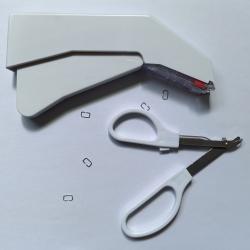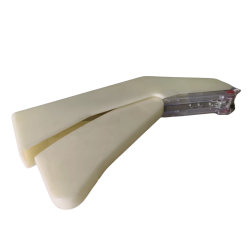Services Email: cnkylt@aliyun.com
- All
- Product Name
- Product Keyword
- Product Model
- Product Summary
- Product Description
- Multi Field Search
Precision die casting service creates customized Aluminum & Zinc Alloy metal parts and products with quick turnaround times. Request a FREE quotation for your Die Cast Parts.
| Tonnage | Die Casting & Machining Equipment | Qty. | Unit | Materials |
| 1200T | Cold Chamber Die Casting Machine | 1 | set | Aluminum, Zinc |
| 1100T | Cold Chamber Die Casting Machine | 1 | set | Aluminum, Zinc |
| 850T | Cold Chamber Die Casting Machine | 1 | set | Aluminum, Zinc |
| 630T | Cold Chamber Die Casting Machine | 1 | set | Aluminum, Zinc |
| 500T | Cold Chamber Die Casting Machine | 1 | set | Aluminum, Zinc |
| 300T | Cold Chamber Die Casting Machine | 2 | set | Aluminum, Zinc |
| 200T | Cold Chamber Die Casting Machine | 2 | set | Aluminum, Zinc |
| 88 T | Hot Chamber Die Casting Machine | 2 | set | Zinc/Zamak |
| CNC Machines | 5 | set | ||
| NC Lathe | 3 | set | ||
| Driller | 6 | set | ||
| Milling Machine | 1 | set | ||
| Hydraulic Press Machine | 1 | set | ||
| Shot Blasting Machine | 1 | set | ||
| Vibration grinding Machine | 1 | set | ||
| Sanding & Polishing Machines | 5 | set |
Get fresh ideas to improve your business by reading our latest blogs and cases.

Where to buy a complete set of parts to assemble disposable skin staplers? What are the specific parts in the complete set? How to assemble these parts? If you are a medical device purchaser or manufacturer, you would like to purchase a complete set of standard disposable skin suture accessories that are commonly used in the market at the most favorable price, without the need to invest in molds and have your brand. Please contact us: cnkylt@aliyun.com

The Structure of Skin Stapler, and each spare parts materials. The skin stapling most spare parts made of plastic material. KYLT is experienced in manufacturing all kinds of plastic medical parts injection molds and plastic parts. Please email us: cnkylt@aliyun.com for an instant Free quotation for your skin stapler design.

KYLT provides full set of plastic parts & injection molds services for linear cutter stapler according to customers' drawings or samples. We have over 15years experience in the medical useage plastic parts molds making and manufacturing. More detail information about plastic injection molds & molding parts of linear cutter stapler, please contact us: cnkylt@aliyun.com